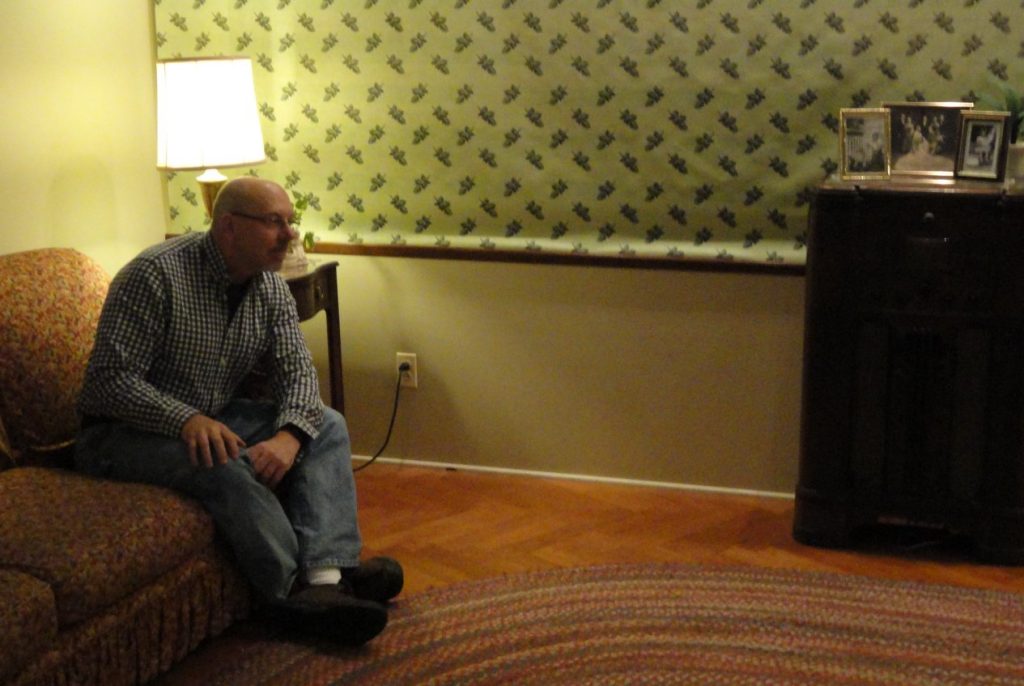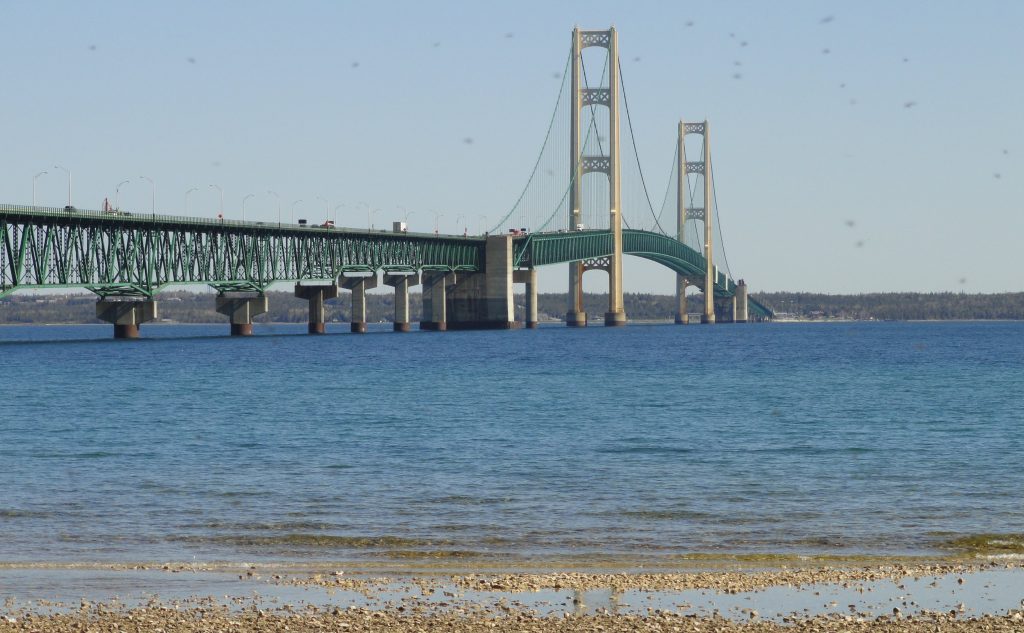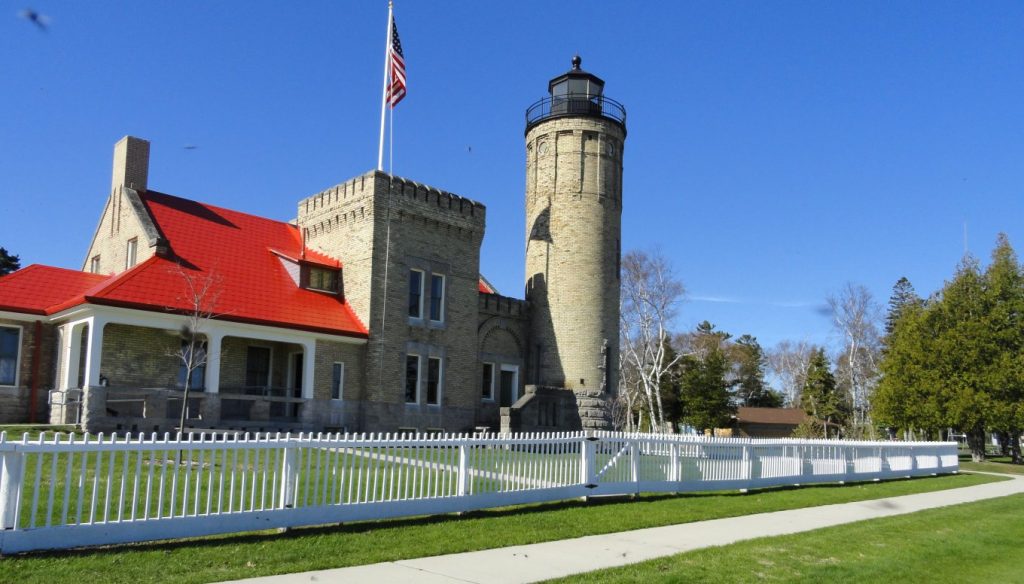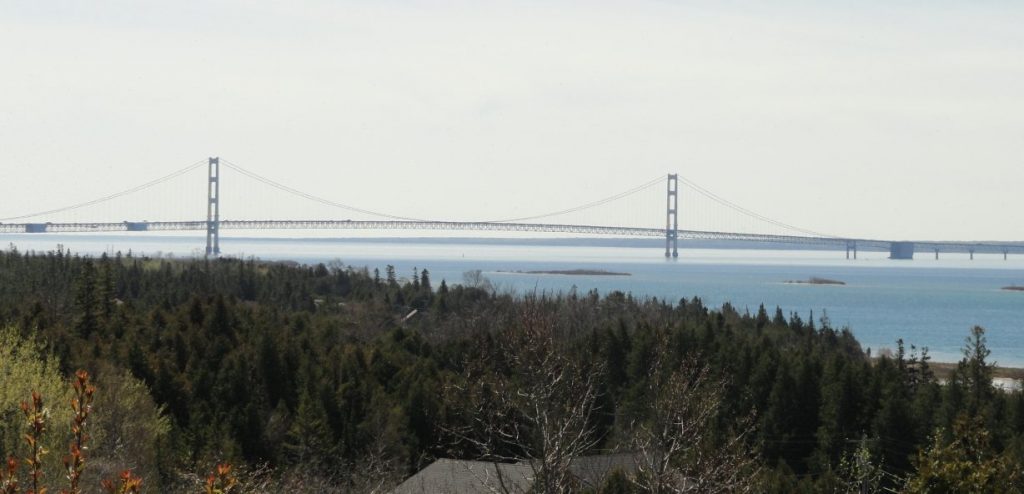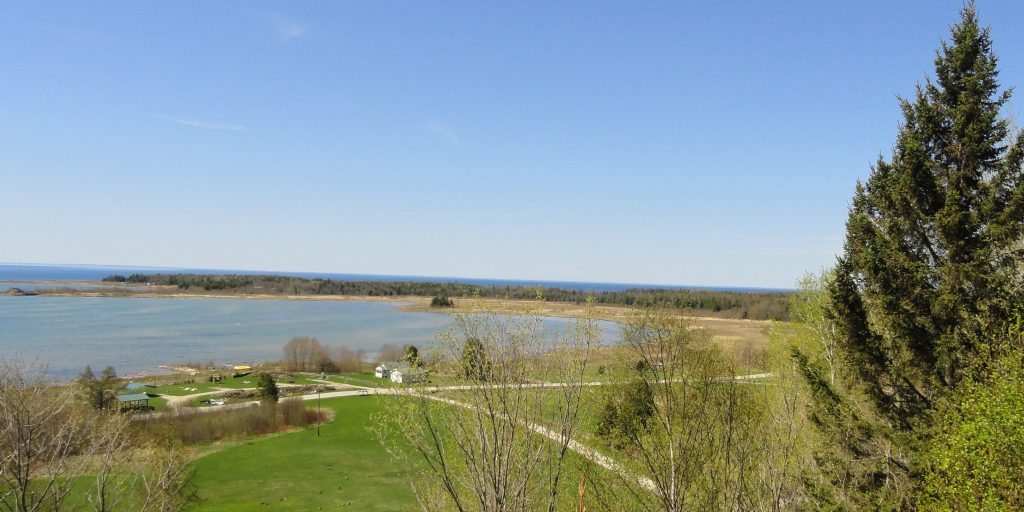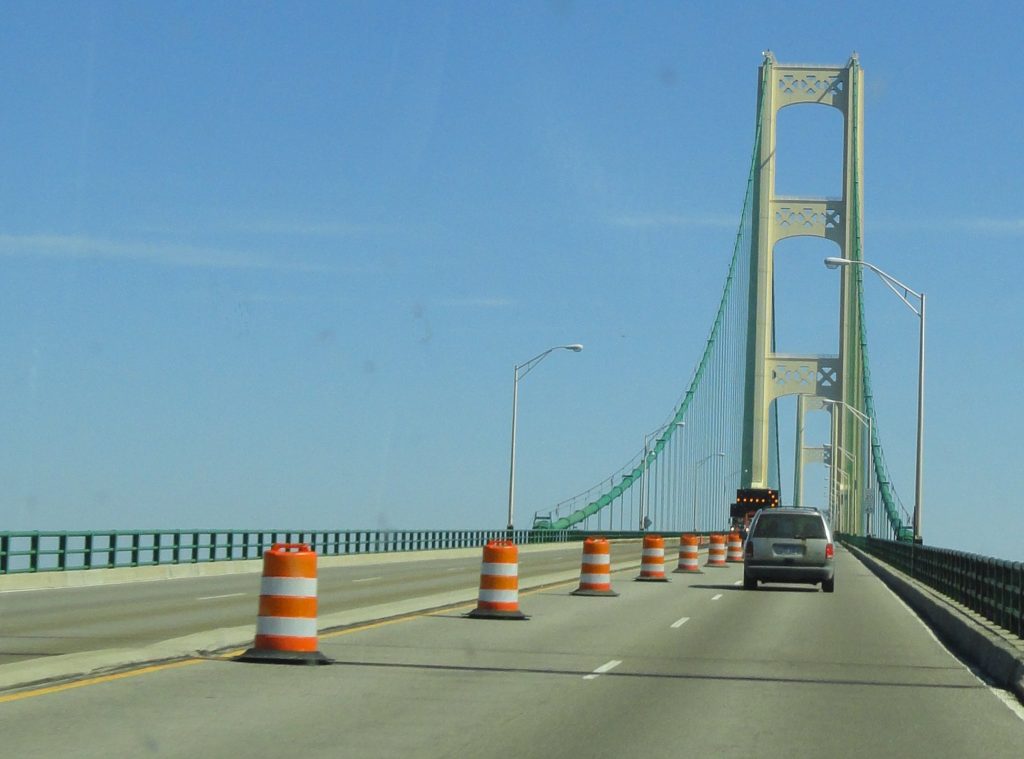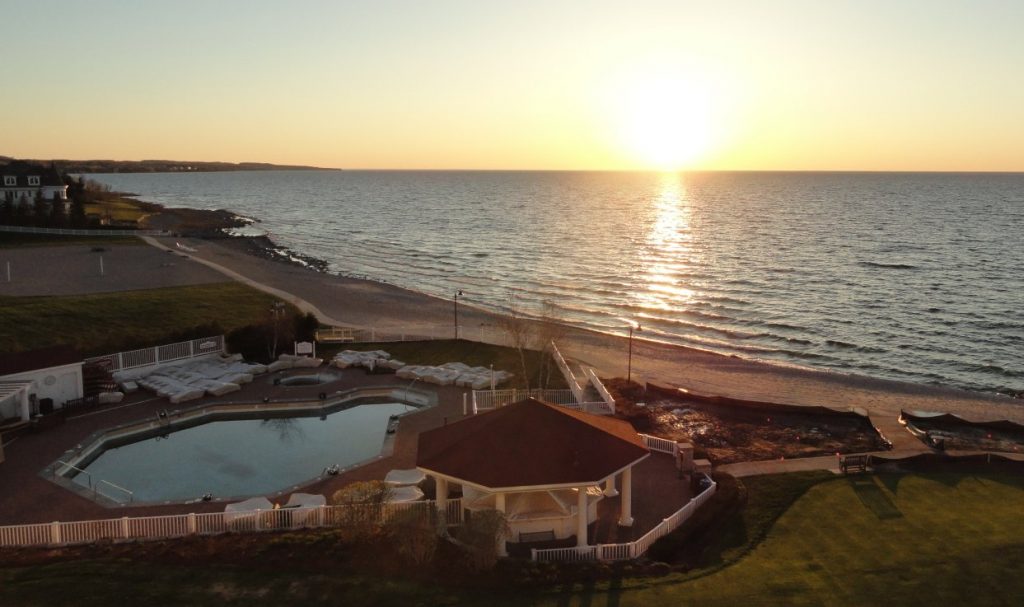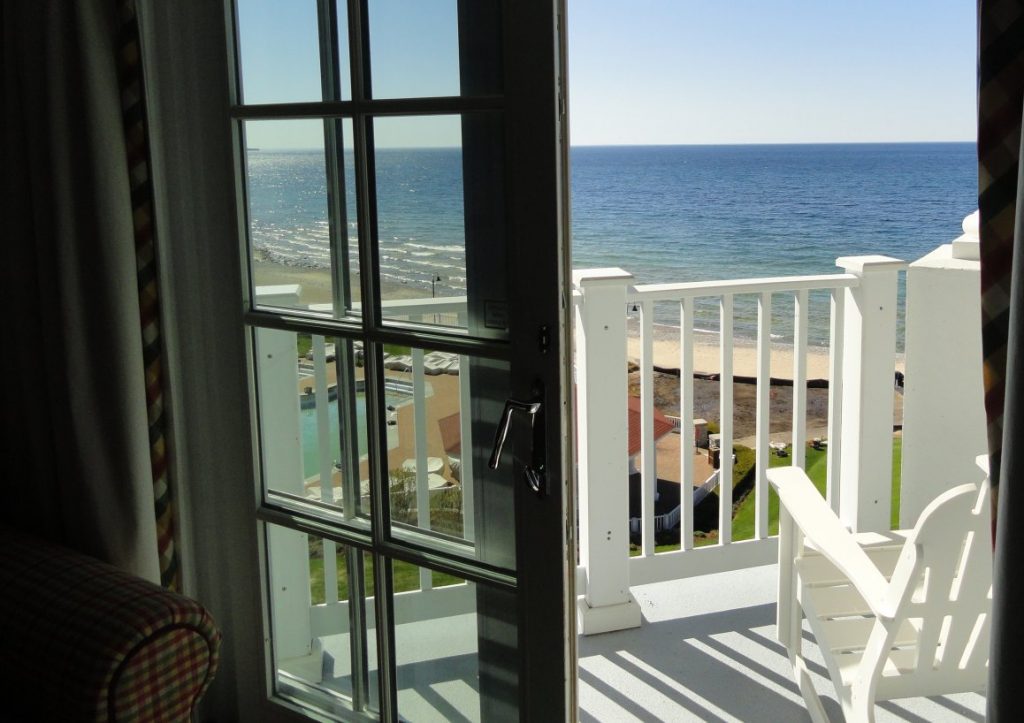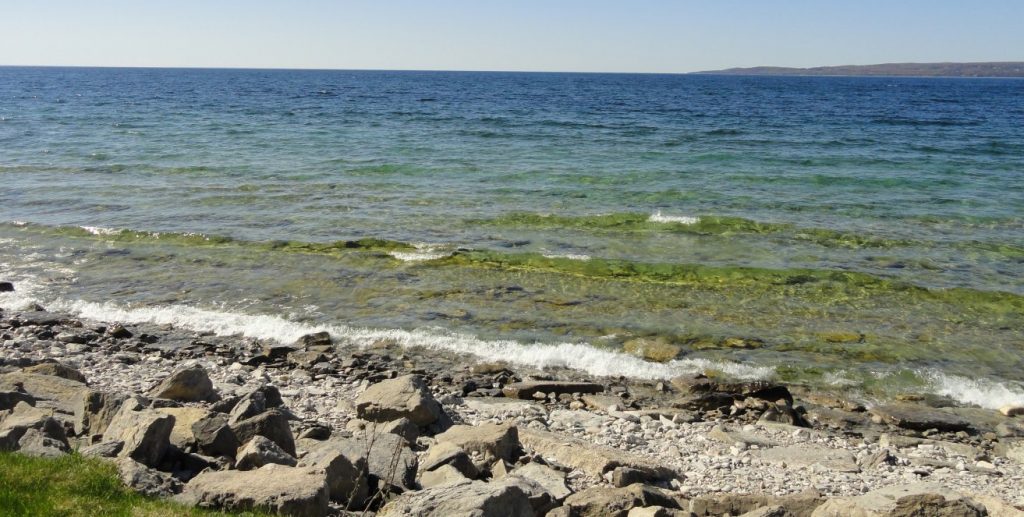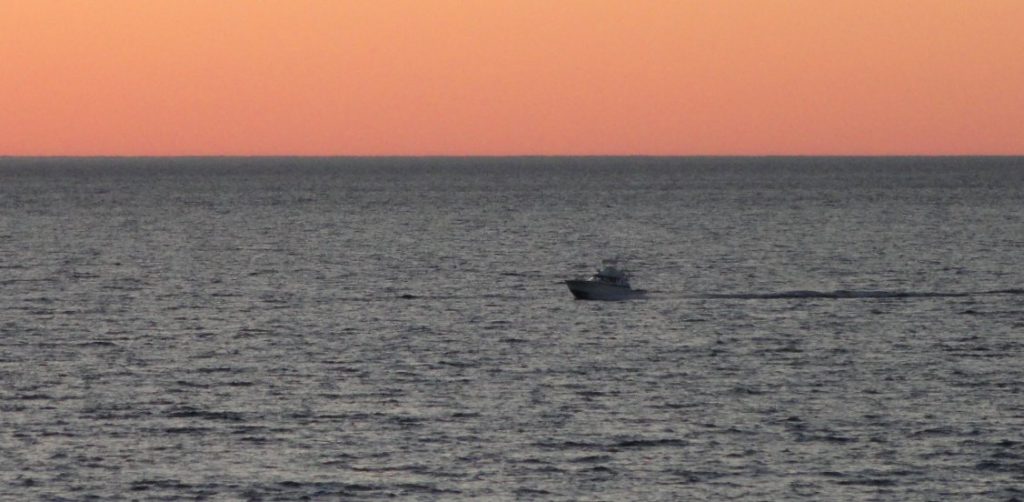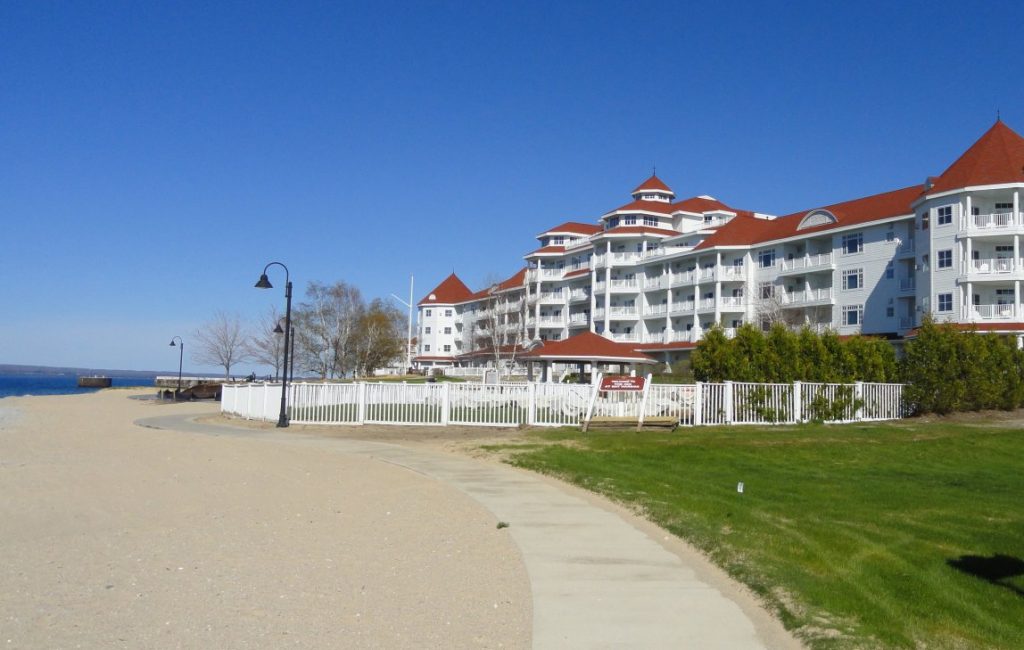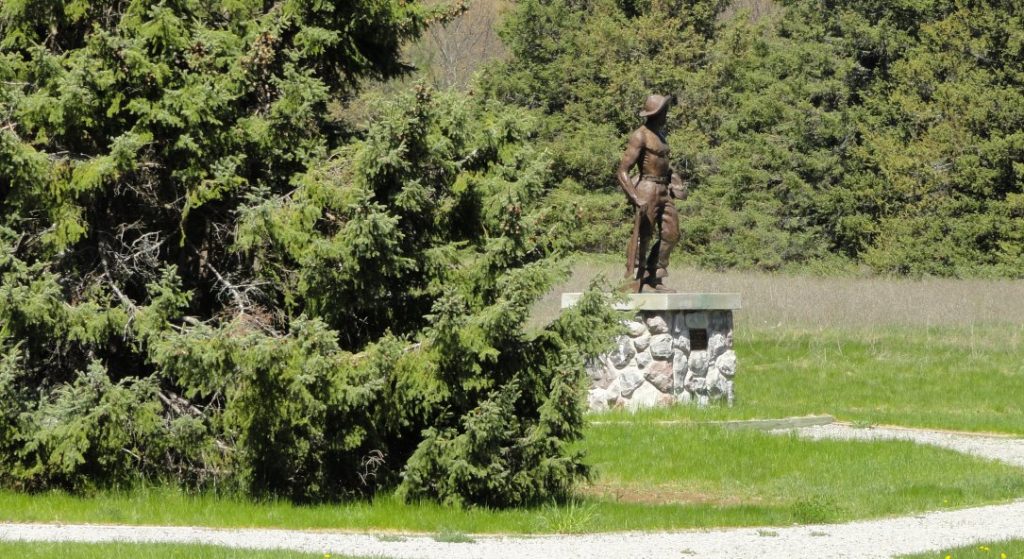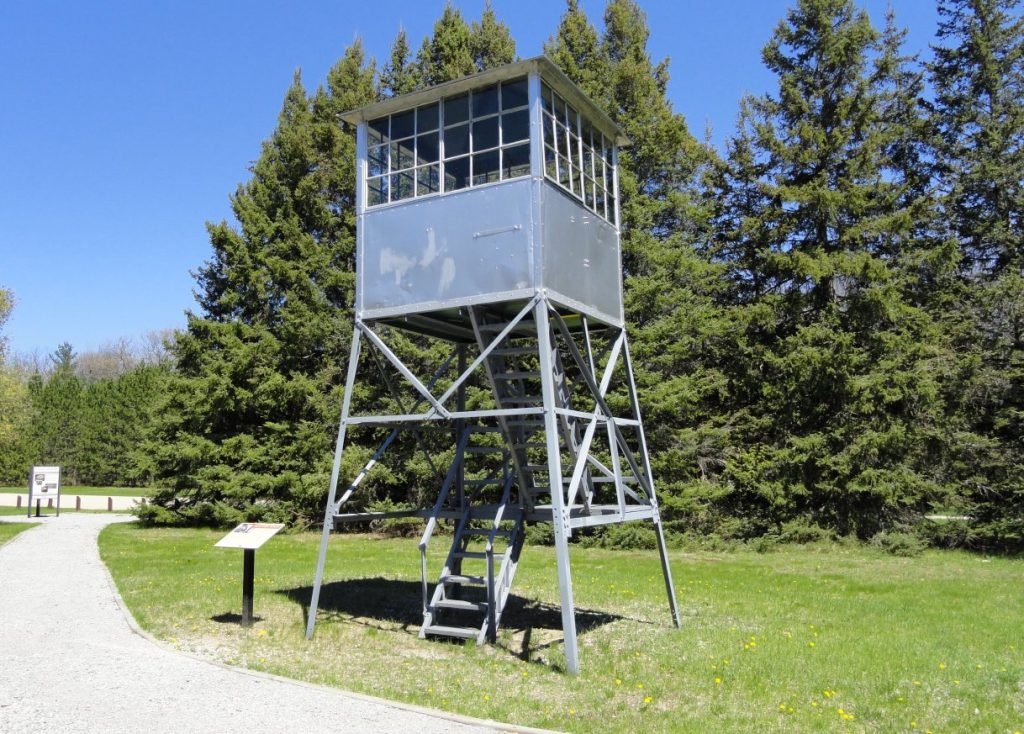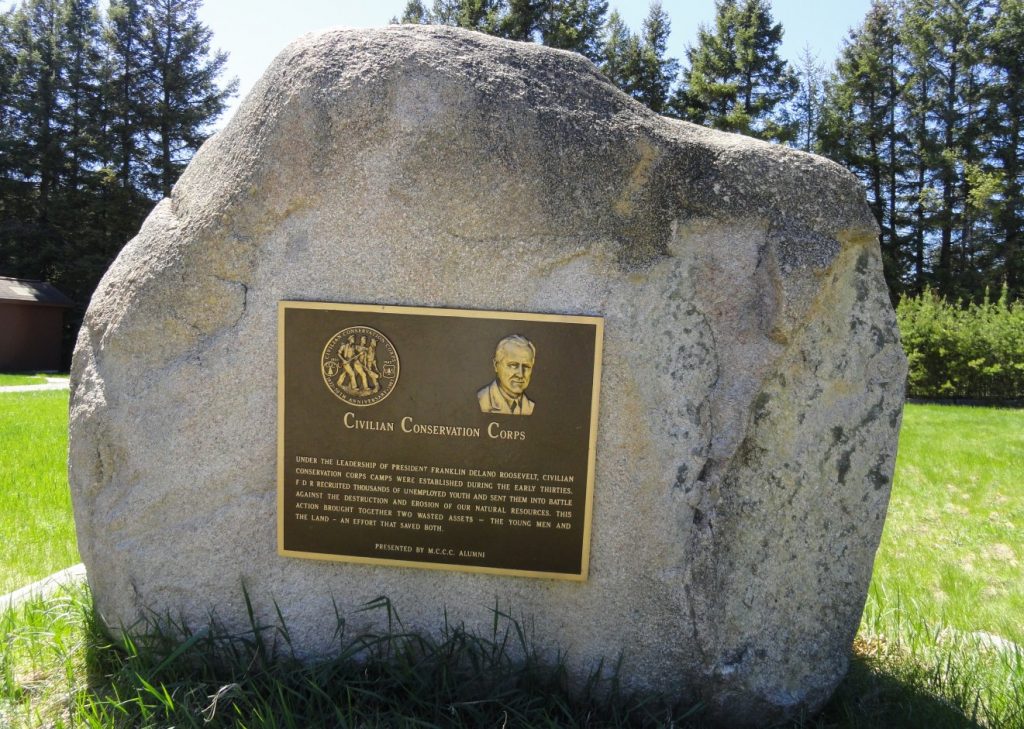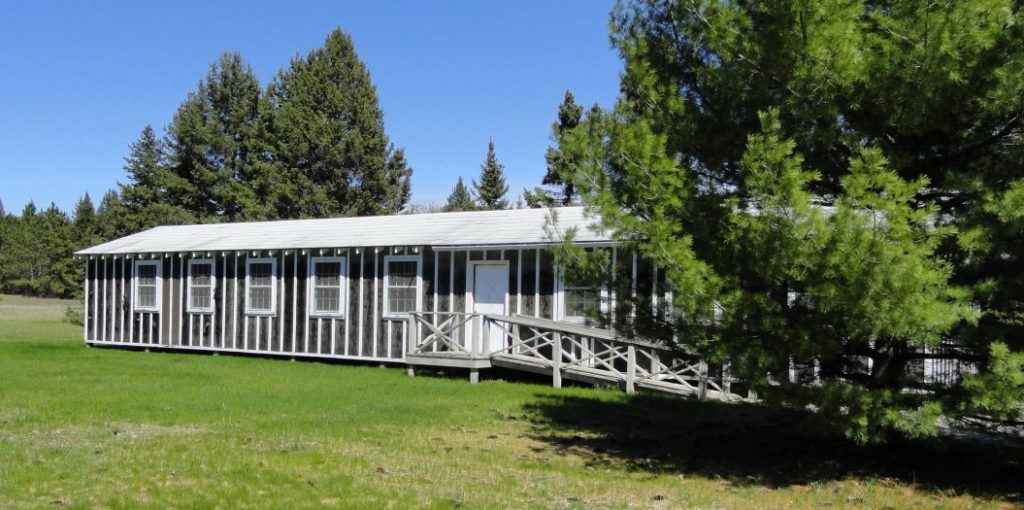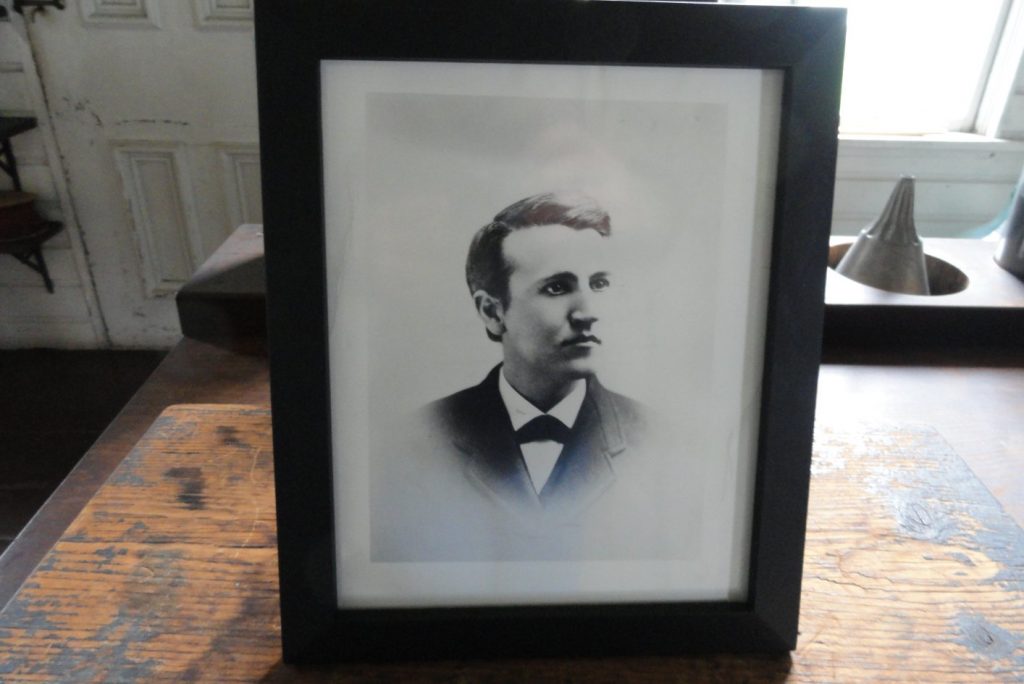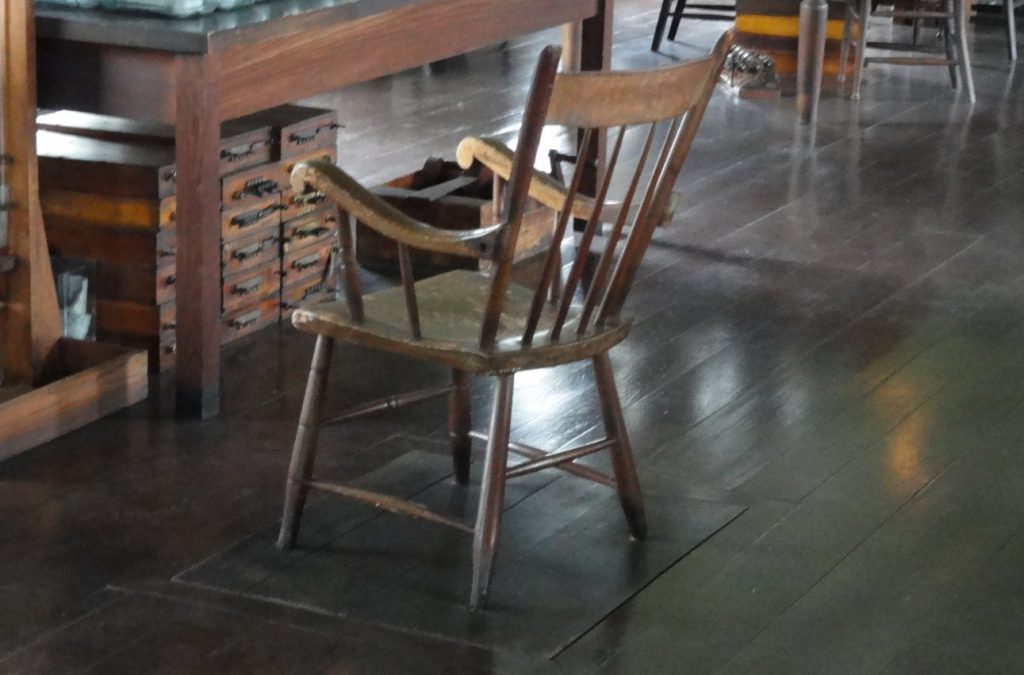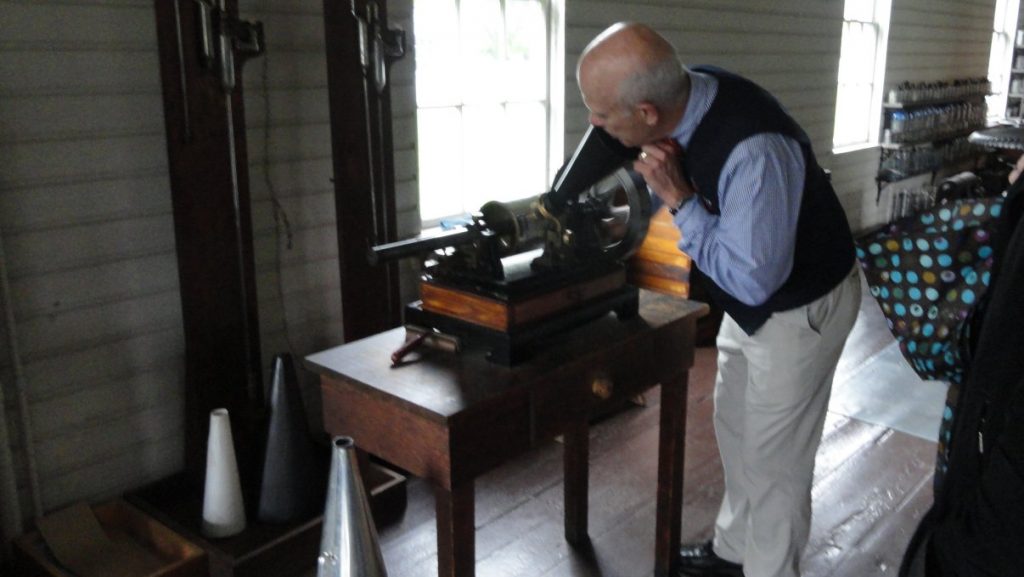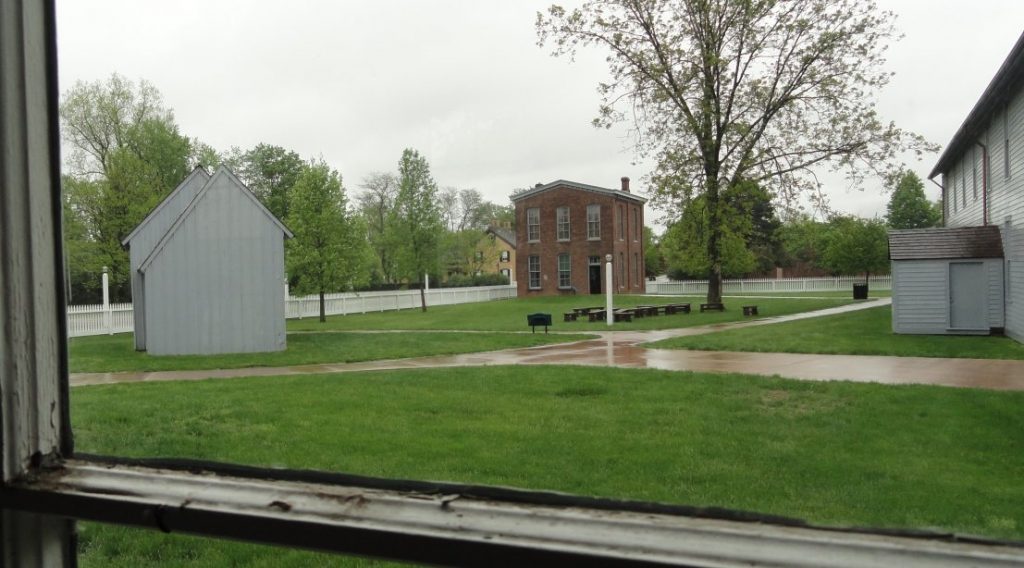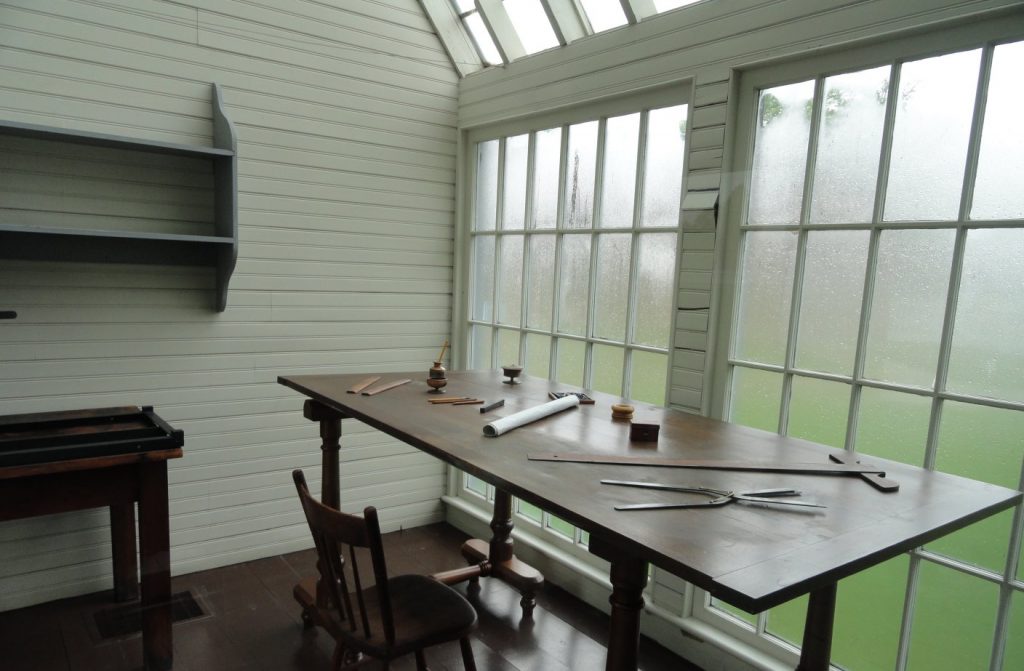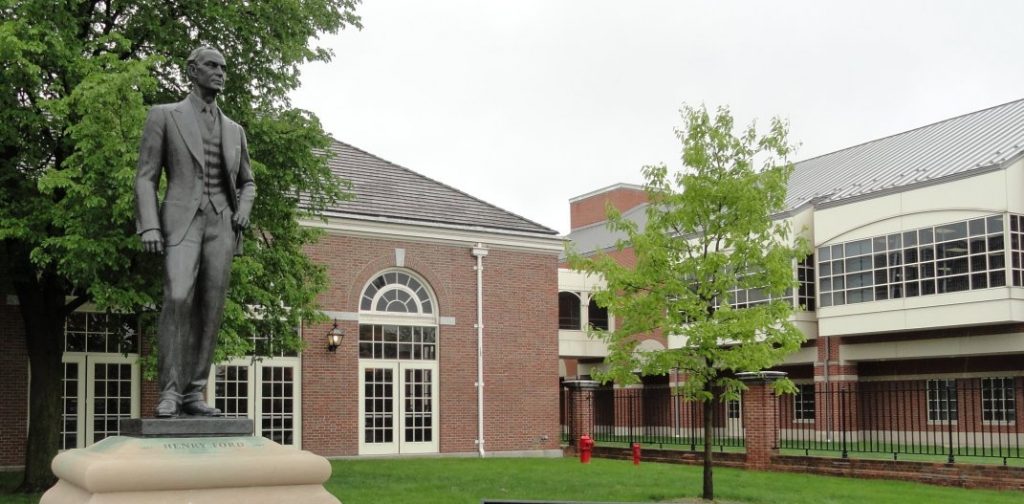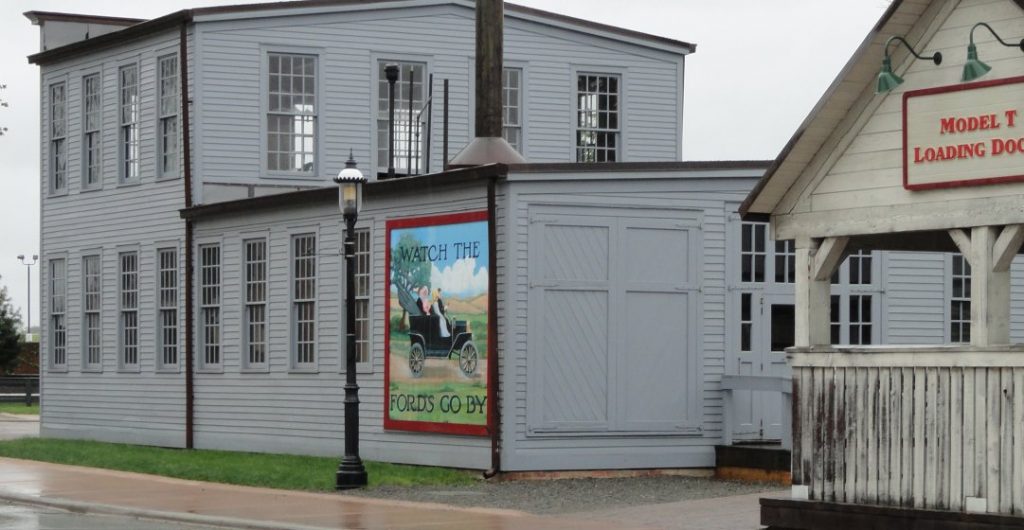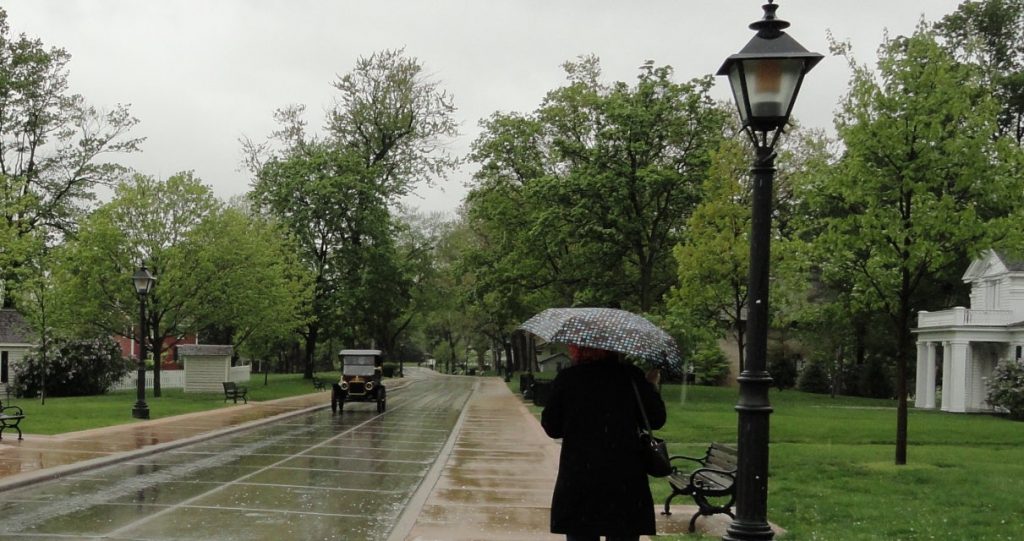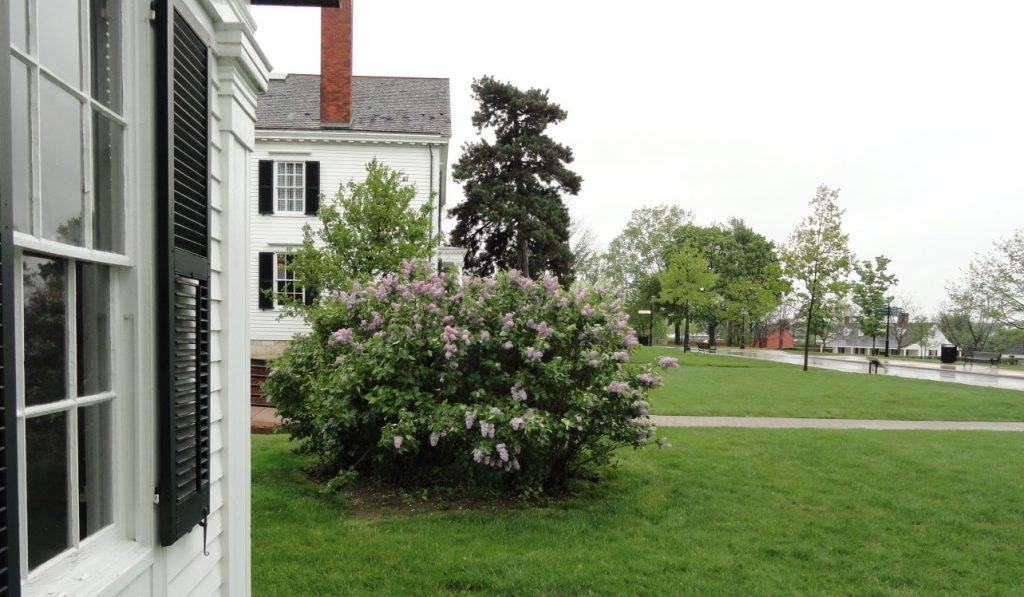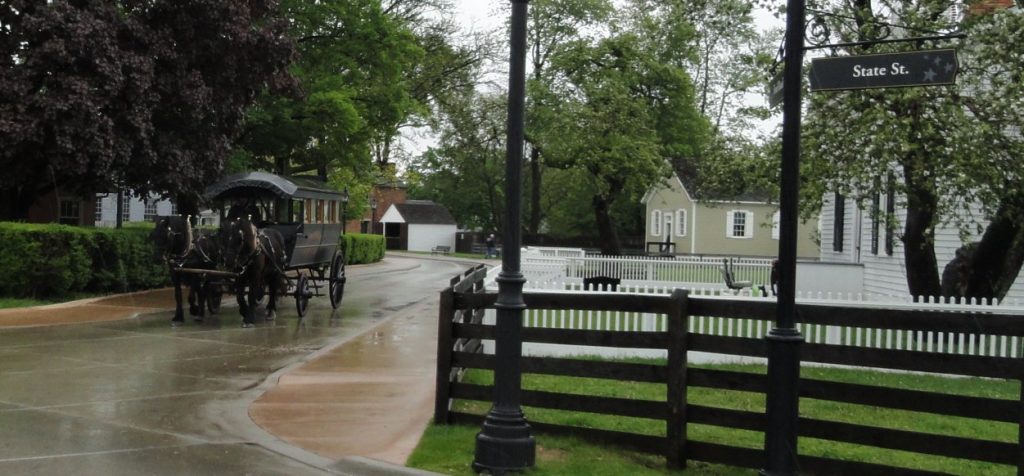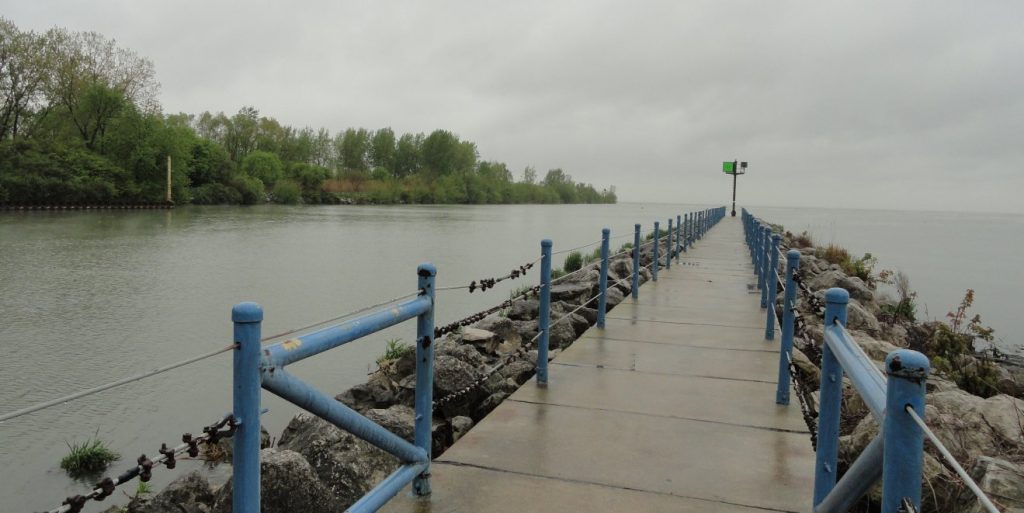This is another late posting.
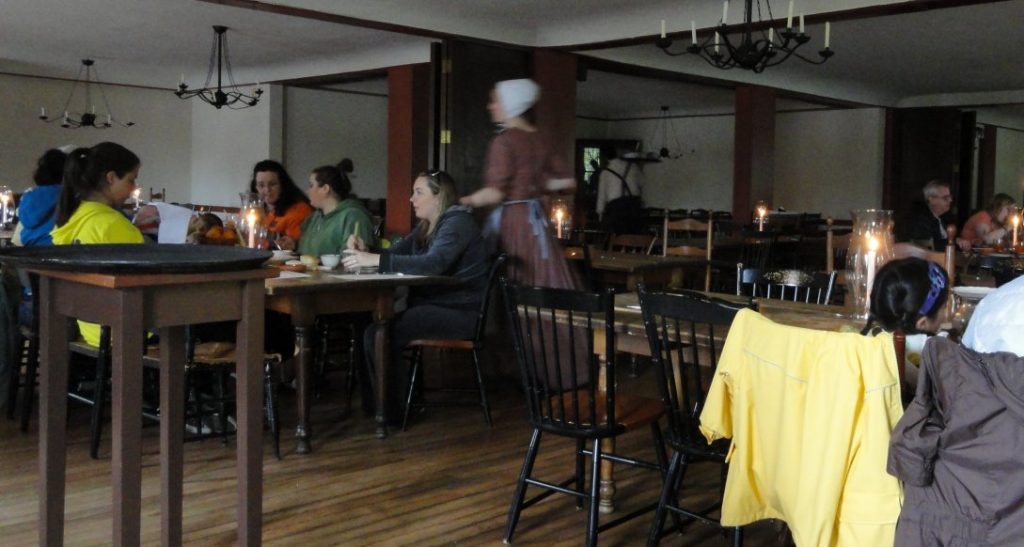
Life in the past was simpler and they depended much more on local produce.Everybody was a locavore. You ate local products in season or you didn’t eat much at all. Americans in the 19th Century tended to eat a lot of animal protein and drink prodigious amounts of alcohol. It wasn’t really a good diet by our standards, but it was hardy, which you needed because life was hard. We literally got a taste of that when we had lunch at the Eagle Tavern in Greenfield Village. They try to supply the table with local produce and they stick to whatever is in season, which means that the menu is a little different if you come in a different season.

When I started writing this post, I will still cold from the rain we had all day on our Village visit and I was thinking of the hardships of the past. This is not inaccurate, but it is incomplete. People in the past definitely had fewer choices. But the first fruits of summer must have seemed more tasty after a long winter without. We can buy produce from all over the world, but most of us do not take full advantage of the variety and we never get to feel that joy of true seasonality. You can look at it in both ways. You can emphasize the joy of finally getting the fresh fruit, or you can look at it like the guy who hits himself in the head with a hammer because it feels so good when he stops.
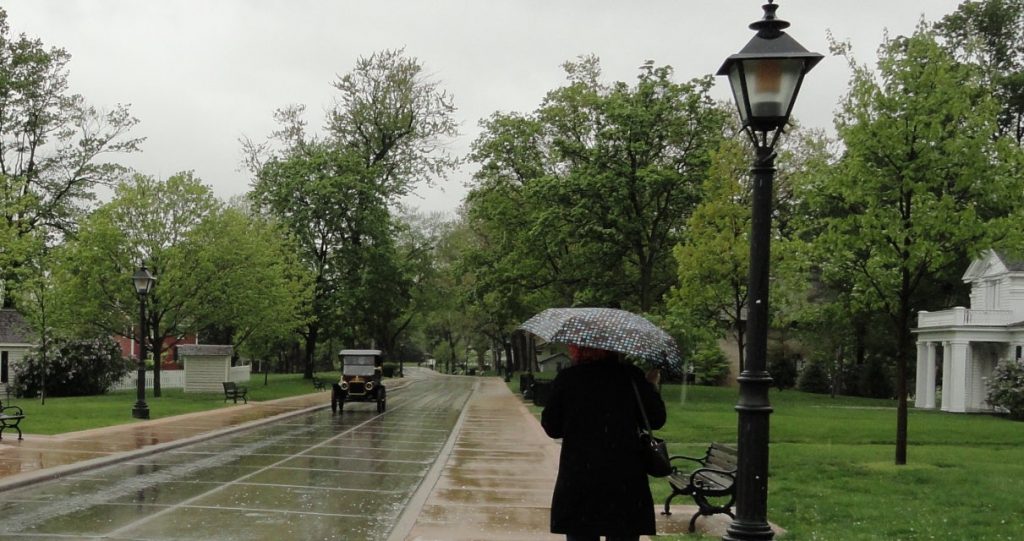
It is nice to visit the past as a tourist, but you really would not want to live there. The Eagle Tavern recreates many aspects of the past, but not all. If it did, nobody would come. It has modern bathrooms, for example. This was a big improvement. They also do not feature all the smells of smoke, horse manure and human body odor. If you rented a room at the Tavern, you probably had to share a bed with strangers and there was a good chance you would be sharing lice and bed bugs, not to mention various diseases we hardly remember. Things are better now.
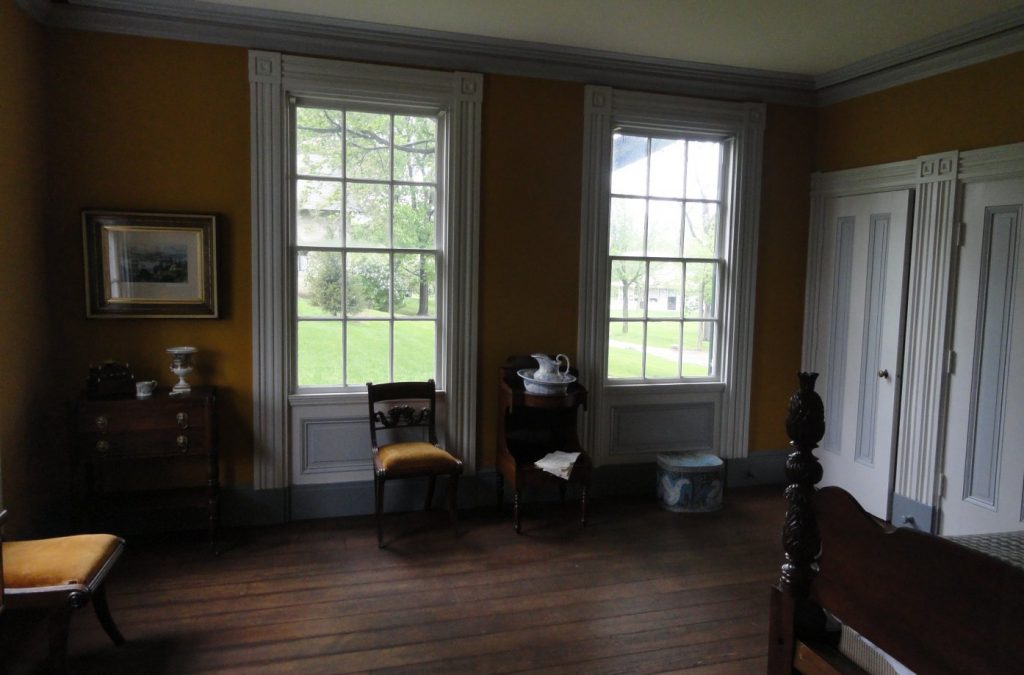
Things started to get charming for many people around 1910. I still wouldn’t want to return to those times, but it was only then that average people started to live lives we would consider acceptable. It must have been exciting with innovations such as Ford, Edison etc. Innovation comes faster now than it did then, but it SEEMED faster then. The practical difference between no light bulb, no automobile or no refrigerator and the basic models of these things is enormous. The perceived difference between the new improved model and the older one is not so much. I just bought an LED light bulb. It will supposedly last longer and use less energy, but it does pretty much the same thing as the older one.
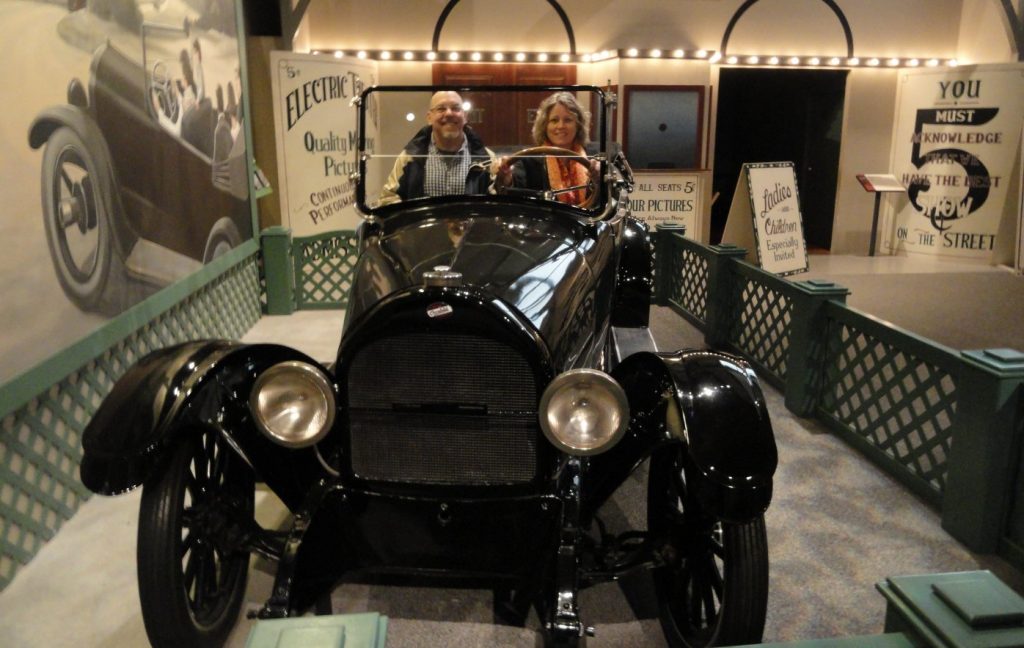
I am getting old. Life seems to be familiar starting in the 1930s. It well before I was born, but a lot of the old stuff was still around when I was a kid. For example, I think I fit in well in that living room below. They were playing a recording of the Orson Wells radio drama, “War of the Worlds”. Chrissy and I in the old roadster above is a little too much before my time.
